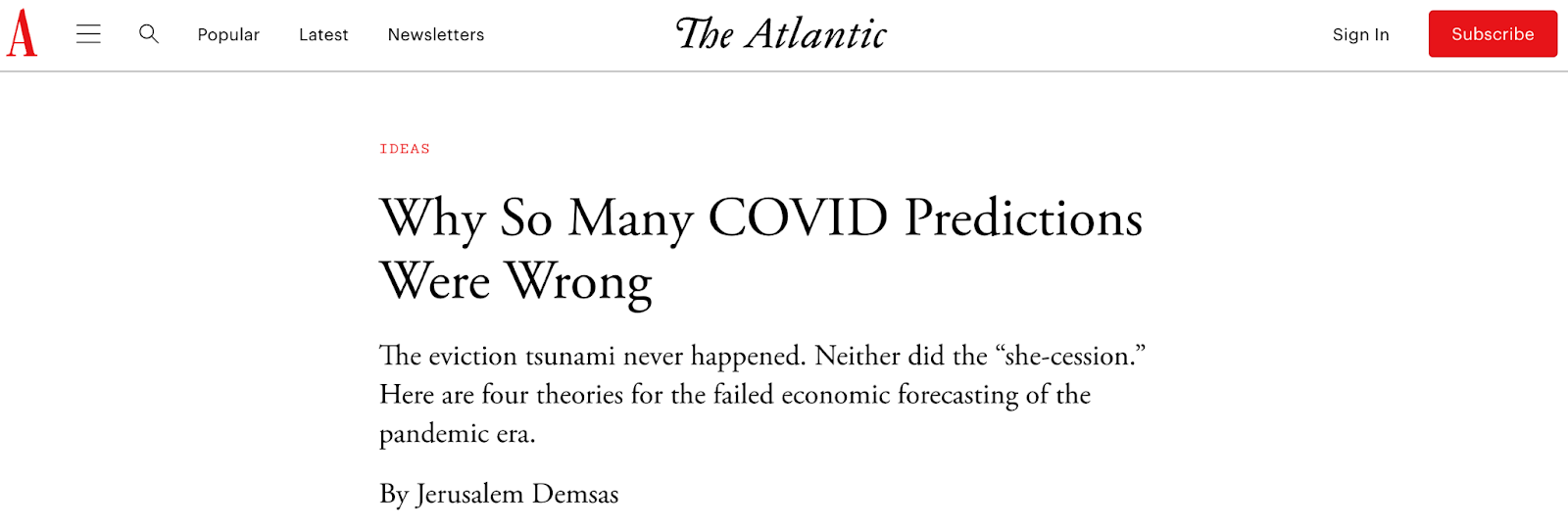
[ad_1]
Making informed decisions rather than depending on intuition or throwing spaghetti at the wall to see
what sticks will help you create content that engages your audience.
You must concentrate on data-driven marketing and how it may assist you in gathering, analyzing, and applying data to your content if you want to make these informed judgments.
Continue reading to find out the best ways to use data before, during, and after the content production process if you’re out of blog post ideas and unclear of how to include it into your writing.
As a marketer, you must use data three times: before creating content (to decide what kind of content
to create and for whom), during the creation of content (to shape storylines, provide scale, etc.), and
after the creation of content (to analyse how well your content has performed).
Let’s think about the right use of data before to, during, and after the content development process.
Using Data Before Content Creation
Marketers shouldn’t develop content without first considering the facts, just as no one starts building
a house without first estimating the cost. Data insights can assist you to decide what kind of content
to develop, for whom to make it, and in what format to provide it.
Before you begin, consider some of the various ways you can use data.
Conduct Keyword Research
Knowing the subjects you want to cover or the keywords you want to target is the first step in producing any kind of content.
Finding out what people are looking for online is essential because one of the main objectives of content development is to engage an audience. You can gain useful insights (statistics) about these requests through keyword research.
Analyzing the search intent is essential, whether it’s informational, navigational, transactional, or something else, while performing keyword research.
Identify Your Audience
Imagine producing the greatest steaks in town and then attempting to market them to a vegan clientele. Similar to this, even your best content can produce only average results if it isn’t seen by the correct audience.
You can find the right folks with the aid of data.
By using statistics, you may eliminate assumptions about your audience and the people who read your content.
Data can provide information about your target audience’s age range, hobbies, emotional triggers, and preferred social media platforms.
To learn more about your audience, you can utilize Google Analytics, customer surveys, or another social media analytics tool.
Choose the Right Content Format
You can utilize statistics to determine your audience’s preferences for content formats after learning more about who they are and what they seek for online.
Will they read a blog post? Twitter conversation or watch videos like those on TikTok? Snapchat Reels?
Where you focus the majority of your content creation efforts will depend on the data, which will help you maximize your return on investment.
You may utilize tools like BuzzSumo and Sparktoro to locate the type of content your target audience enjoys.
Using Data During Content Creation
Now let’s talk about how to leverage data when producing content.
When used effectively, data may give your posts additional meaning and life. This does not entail inserting spreadsheets into your posts. Instead, consider how to accurately frame the evidence in a way that will support your narrative.
You can provide readers with a post that will stick with them long after they’ve left the website by contextualizing data and using it to support your thesis. Here are a few storytelling strategies to think about employing in your posts when using data.
Demonstrate Change
Using data to show change over time is the most potent narrative approach.
The Zebra illustrates how the price of auto insurance in the United States has changed over the past few years in the example below, using statistics and maps.
On the map, the areas with the highest premiums for auto insurance appear darker.
You can see the cost changes over time as you click the slider button.
Why It Works
In addition to adding weight to the conversation, demonstrating a noticeable changing trend (whether it be a sharp decline or improvement) can also elicit an emotional reaction from your readers.
Show Discrepancy
Data might be ineffective when viewed alone. A strong narrative can be created by placing a set of data in context to draw attention to discrepancies.
The Atlantic illustrates the disparity between reality and the several COVID projections (and other economic difficulties) in the example below.
 Why It Works
Why It Works
You can emphasize gaps that result in unambiguous calls to action by demonstrating disparities between perception and reality or between two sets of data.
Show Connection or Correlation
The British Heart Foundation (BHF) used data in this article to demonstrate the link between television viewing and the risk of developing coronary
heart disease. BHF does a good job of illustrating the impact of a sedentary lifestyle, even though the initial data
came from a third party.
Note: Be careful not to imply causation. when demonstrating a correlation between two events.
Why It Works
Readers can choose more wisely what to do in the future when data is used to demonstrate the relationship between two or more diverse things.
Give Scale
Scale visualization is a superb technique to leverage data in content development.
The New York Post created this chart to show the scale of the world’s highest buildings through a visual depiction of data.
Why It Works
Scale might assist you in giving your posts context. Which of your data can be adapted to this kind of visualization? Did you, for instance, serve more clients at a Red Sox game last year than the usual amount of spectators? How can you illustrate the extent of your influence?
Using Data After Content Creation
You’ve seen how data can be used both before and during the production of content. Now let’s talk about how data can still be used even after your post has been published.
Optimize Published Content
Finding chances for content refreshment is a great method to use data “post-content creation.”
You may find content that needs to be updated or refreshed by looking at data from tools like Google Analytics and Google Search Console, which can show you content that has been steadily losing traffic over time.
Run a content audit to find the best-performing pieces of content from the archive that can be used or reused for other marketing channels.
Analyze Audience Engagement
After posting a piece of content, there are a tonne of metrics you can monitor to see how your audience responds to or engages with it.
For instance, Google Analytics can be used to determine how long people spend on particular articles. To monitor your audience’s clicks and cursor movements on a webpage, you can also utilize additional tools.
Final Thoughts
There you have it: nine straightforward but efficient methods for incorporating data into various stages of article creation.
Even if you’ve never utilized data in your business before, the techniques described in this article are simple to use, and there are a variety of tools available to you to help you make the most of data.
[ad_2]
There are 3 stages to content creation, before, during, and after. Data can help you in analyzing which content you should create, can be used as a powerful tool for your content creation and can be used to analyze the performance of your content which will helps you in your content creation journey over time.
Over time, data analytics will tell you the interest of your audience and you will get a clear idea of what would work and what not in terms of creating content.




No comment yet, add your voice below!